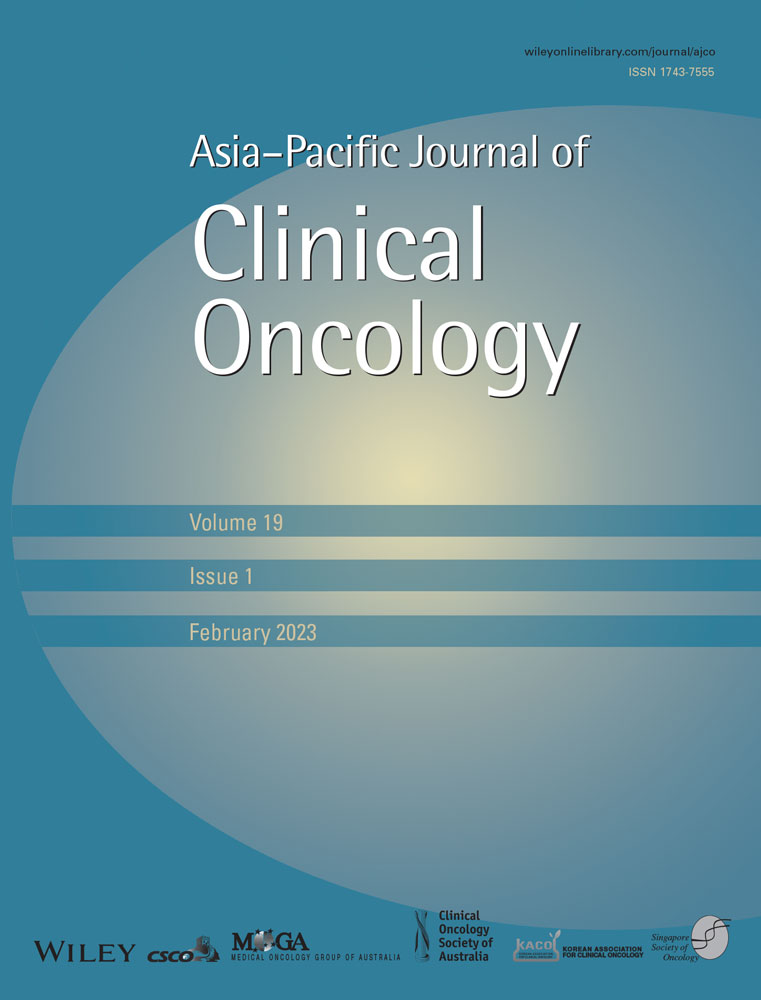Awake craniotomy for brain tumor resection: Patient experience and acceptance in an Asian population
Funding information:
None.
Abstract
Introduction
Awake craniotomy is well-established for resection of brain tumor in the eloquent areas. Previous studies from Western countries have reported good level of patient tolerance and acceptance. However, its acceptability in non-Western populations, with different ethnic, social, cultural, religious, and linguistic backgrounds, has not been studied systematically. This study aims to evaluate the experience of patients from an Asian population who underwent awake craniotomy for tumor resection.
Methods
Data on patient experience were collected by interviewing patients using a structured questionnaire at follow-up appointment. Data on patient demographics and diagnosis were collected from medical records.
Results
Eighteen patients (age 16–68 years) who underwent 20 awake craniotomies were recruited. Preoperatively, all (100%) patients understood the indication for awake craniotomy. Almost all felt fully counseled by the neurosurgeon (90%), anesthetist (100%), and neuropsychologist (95%). Ninety-five percent reported their family to be supportive of awake craniotomy. Seventy-five percent felt adequately prepared on operation day. Intraoperatively, most patients did not experience pain/discomfort (55%) or anxiety (65%). Nearly all found intraoperative motor and language testing to be easy (100% and 90%, respectively). Postoperatively, 100% were satisfied with their care. One hundred percent rated their overall experience as good or excellent. Eighty percent were willing to undergo awake craniotomy again if indicated.
Conclusion
Awake craniotomy is well-accepted in an Asian population. All patients had good-to-excellent overall experience, with most willing to undergo awake craniotomy again. Our findings underscore the generalizability of awake craniotomy across different socio-cultural backgrounds and support its utilization in countries with a significant Asian population.
CONFLICT OF INTEREST
The authors have no conflict of interest to declare.
Open Research
DATA AVAILABILITY STATEMENT
The data that support the findings of this study are available from the corresponding author upon reasonable request.




